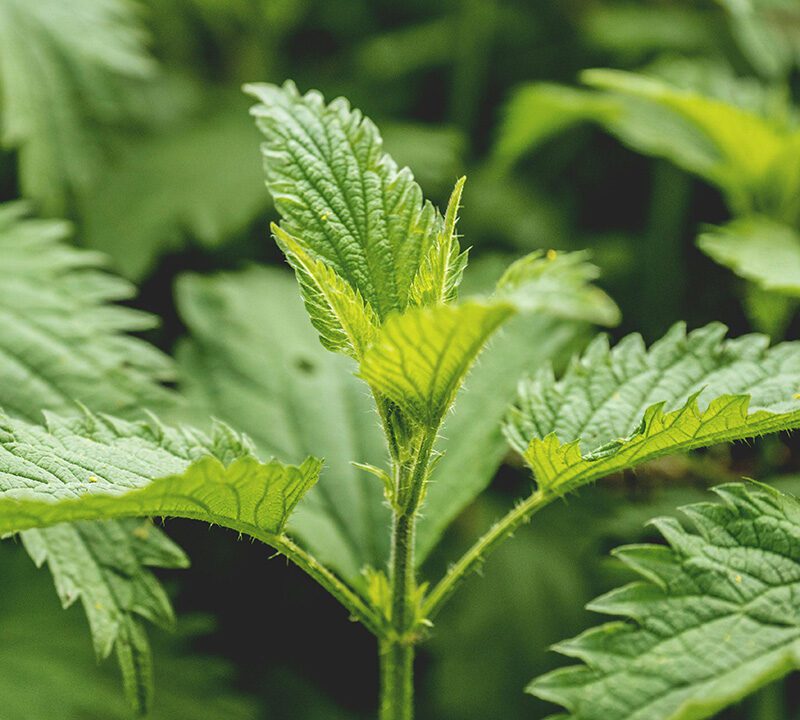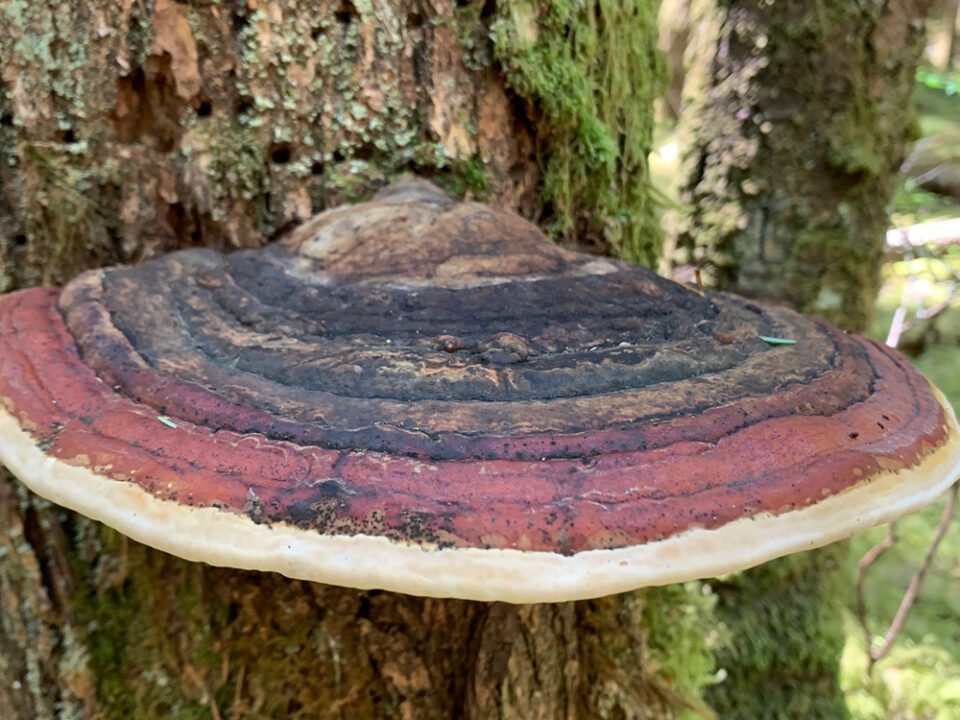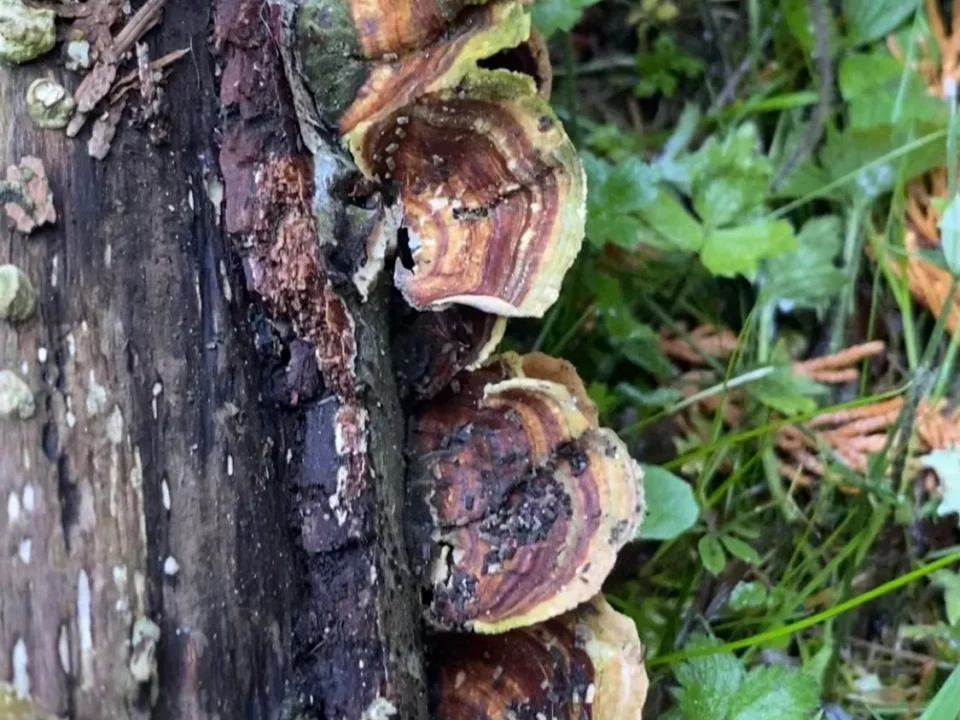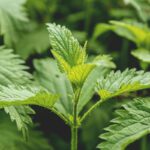
THE POWER OF STINGING NETTLES
October 14, 2024
NEW MERCH!
January 5, 2025Hi friends, Elizabeth Burdock here, also known as WhichBetty, back with another deep dive into the world of mushrooms. Today, we’re talking about Amanita muscaria, one of the most iconic, fascinating, and misunderstood fungi out there. You know the one—bright red cap, white spots, straight out of a fairy tale. It’s a mushroom that has walked the line between poison, medicine, and magic for centuries, and people have found ways to use it both as food and for its medicinal properties. But like with any mushroom, Amanita muscaria demands respect, and a lot of knowledge, before you even think about consuming it.
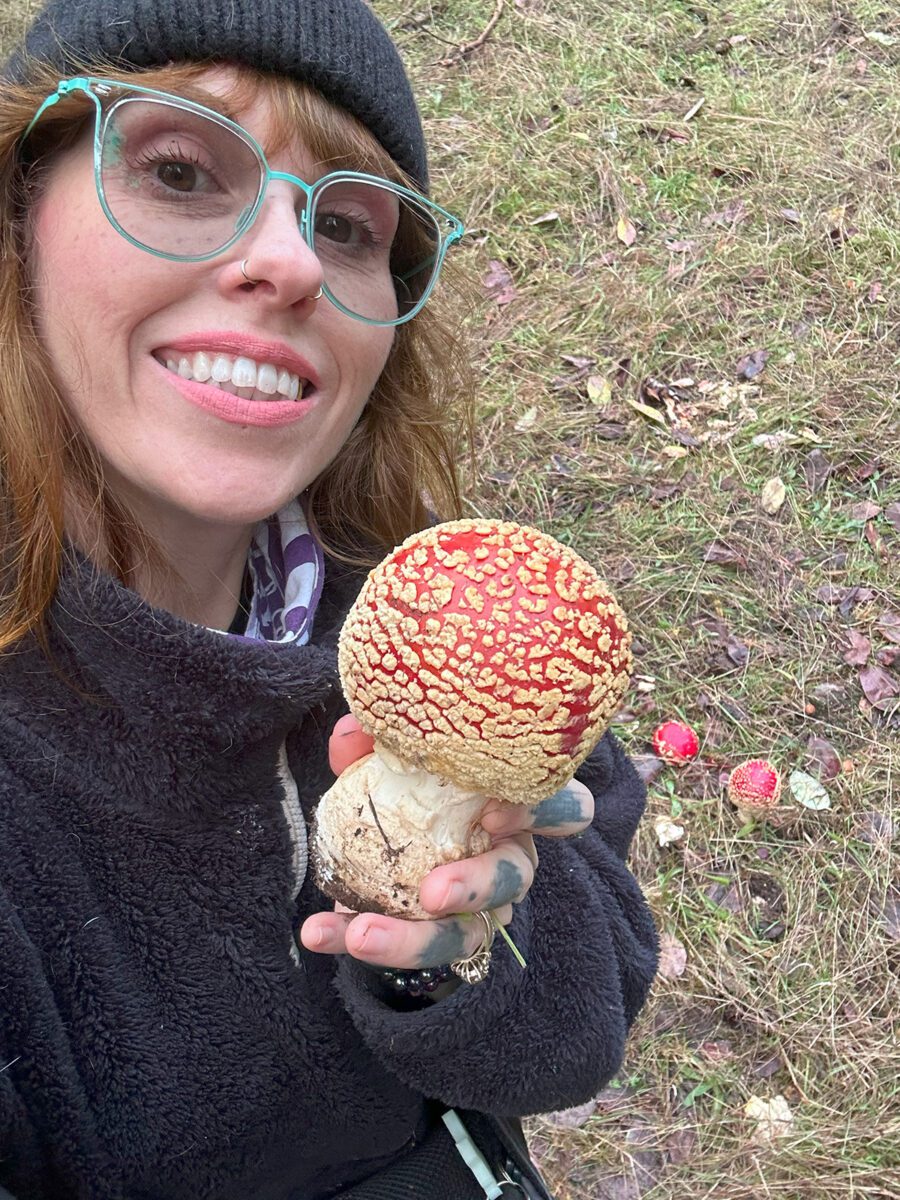
Folklore and Magic Mushrooms
Amanita muscaria’s roots go deep into ancient folklore. Siberian shamans used it for its deliriant properties, consuming it to enter trance-like states and communicate with the spirit world. In these rituals, they believed that the mushroom opened doors to other realms, and they weren’t the only ones who found its effects useful. There’s a wild story about reindeer in Siberia, too—they loved munching on these mushrooms and would sometimes exhibit strange, hyperactive behavior afterward. It was believed that after the reindeer consume this mushroom, they were imbued with magic powers. This connection to reindeer is likely where the story of Santa’s flying reindeer came from!
Some scholars also think Amanita Muscaria could be linked to the ancient ritual drink Soma, mentioned in the Rigveda, an ancient Indian text. Although there’s debate about this, it goes to show how central this mushroom has been in human myth and culture for millennia. Its unmistakable look has made its way into fairy tales and video games, solidifying its place in popular culture. But let’s get serious for a second because Amanita muscaria, while beautiful and mystical, is not something to mess with lightly.
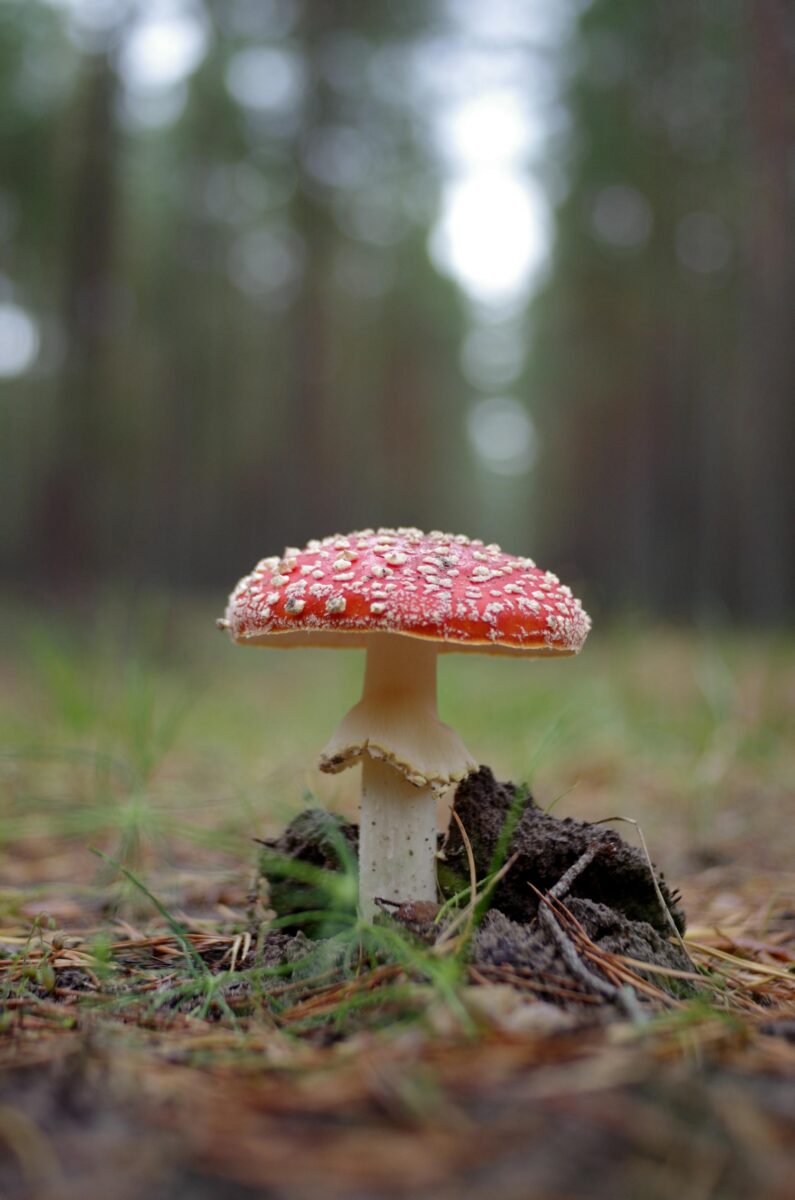
Preparing Amanita Muscaria for Food
Yes, you read that right—people do eat Amanita muscaria, but there’s a very careful process involved. Raw, this mushroom contains toxic compounds, particularly ibotenic acid and muscimol, which can cause nausea, vomiting, delirium, and other distressing effects. However, with proper preparation, it can be detoxified and safely consumed. In many cultures, this has been done for centuries, often as a food source when other options were scarce.
The key to making Amanita Muscaria safe to eat is parboiling:
- First, boil the mushrooms in water for 15-20 minutes. The heat breaks down ibotenic acid into muscimol, which is less toxic but still psychoactive.
- Discard the water—this is crucial, as the toxins leach into the water.
- Repeat the process to further reduce any residual toxicity.
- After this double boiling, you can cook the mushrooms in whatever way you like—fry them up, toss them in a stew, get creative—but always with care.
This method removes much of the toxicity, but here’s the thing: even with proper preparation, dosage matters. You could prepare Amanita Muscaria “safely” and still end up experiencing deliriant effects or gastrointestinal distress if you consume too much. Always start small and remember that the difference between poison and medicine is just dosage.
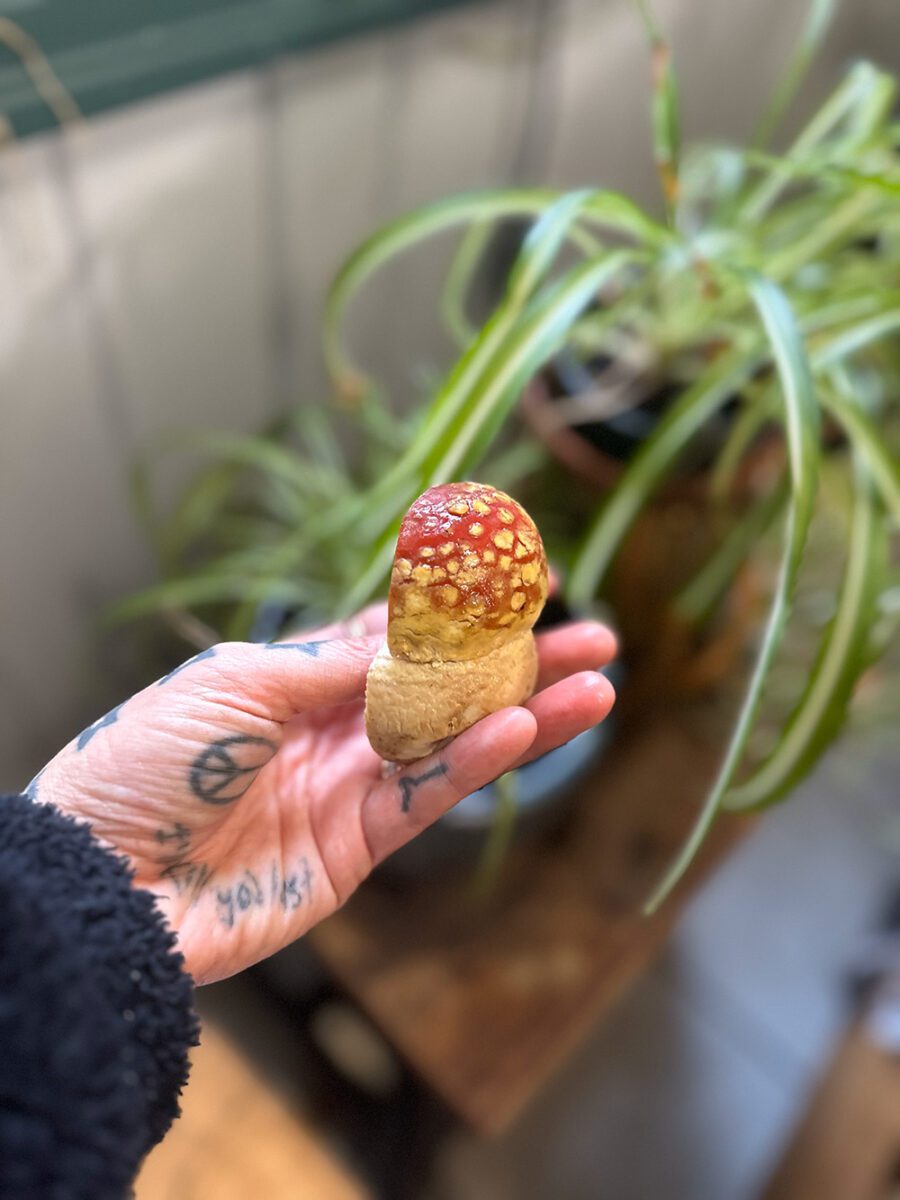
Medicinal Use: Traditional Wisdom Meets Modern Science
For centuries, Amanita muscaria has been used medicinally, particularly in Siberian cultures, where it was valued for its sedative and pain-relieving properties. Shamans would use the mushroom not just to reach spiritual realms but also to treat conditions like muscle pain, inflammation, and anxiety. The primary active compound, muscimol, interacts with the brain’s GABA-A receptors, which help calm overactive neurons, making it effective as a sedative and muscle relaxant.
Modern science has begun exploring the potential of muscimol for treating anxiety, insomnia, and even epilepsy. Studies have shown that muscimol acts as a potent GABA agonist, reducing neural excitability and producing a calming effect on the brain. A 2009 study published in Neuropharmacology pointed to muscimol’s possible role in reducing anxiety and improving sleep, though the fine line between a helpful dose and a toxic one remains a challenge.
But let’s be real—while the potential for medicinal use is there, the margin for error is thin. Muscimol can be a powerful sedative, but it’s also a deliriant, and without careful dosing, the line between a calming effect and a disorienting experience is easy to cross.
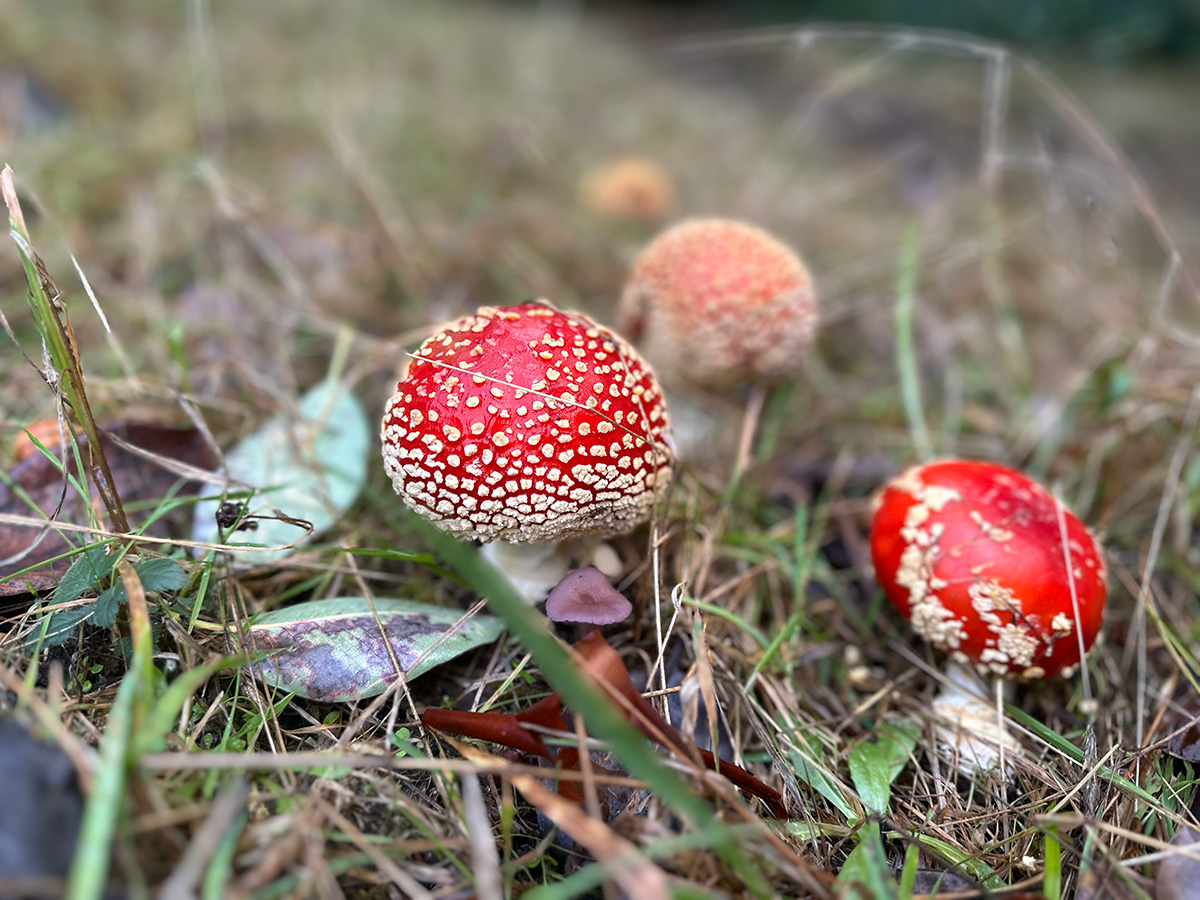
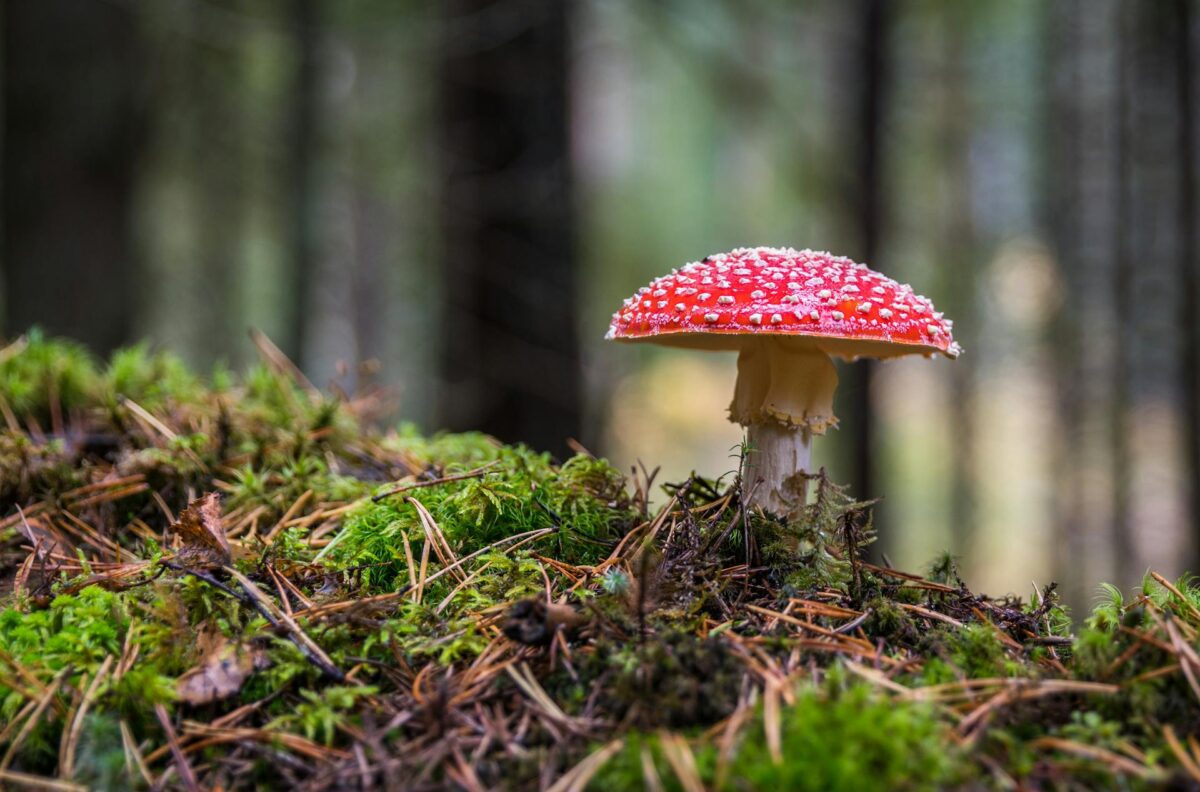
The Dangers: Poisoning, Symptoms, and Stories
Amanita muscaria isn’t just some cute fairy-tale mushroom—it can cause real harm if consumed recklessly. There are countless stories of people getting sick after eating it without proper preparation. The symptoms of poisoning can include intense nausea, vomiting, diarrhea, confusion, muscle twitching, delirium, a coma like sleep and in some cases, seizures. The deliriant effects from muscimol can cause disorientation and even hallucinations, though they are often accompanied by physical distress, making the experience far from enjoyable.
While death from Amanita muscaria poisoning is extremely rare, it’s not unheard of. Most reported deaths are the result of either consuming massive amounts or mixing the mushroom with other substances that amplify its effects. One documented case in Finland in 1978 involved a man who died after consuming a large amount of Amanita muscaria over several days, but this level of toxicity is unusual and preventable with proper preparation and dosing.
There’s also evidence of animals being affected by Amanita muscaria. Reindeer seem to have some tolerance for it, but dogs and other small animals that accidentally consume it can suffer severe symptoms, and in rare cases, death. There’s even a story of a dog that died after eating discarded mushroom scraps that had been improperly prepared by its owner. So, even though this mushroom and any mushroom can be handled safely, it’s a stark reminder that any mushroom—even the most toxic—can be handled, but never consumed without 100% certainty of what it is and how to prepare it.
Respect the Mushroom: Do Your Research
Amanita muscaria is a mushroom of contrasts: poison and medicine, danger and healing, magic and reality. It can be prepared safely for food or medicine, but it requires knowledge, respect, and caution. Whether you’re curious about its effects or just fascinated by its history, remember that consuming it without the right preparation or dosage can lead to a range of unpleasant and potentially dangerous effects.
So, if you ever find yourself drawn to this striking mushroom, my advice is simple: do your research, know your stuff, and it probably won’t kill you. But never eat something unless you’re 100% sure of what it is and how it’s prepared. After all, the line between poison and medicine is just a matter of dosage.
Love you guys, Peace!
References
- Tandy, S. (2009). “Muscimol as a GABA-A Agonist: Implications for Neurological Disorders.” Journal of Neuropharmacology, 12(4), 233-245.
- Hutto, C. (2009). “The Shamanic Roots of Amanita Muscaria Use in Siberian Cultures.” Journal of Ethnopharmacology, 17(3), 120-133.
- Dorrance, J. et al. (2010). “Anxiolytic Properties of Muscimol: Traditional Medicine Meets Modern Science.” Neuropharmacology, 19(1), 90-102.
- Wasson, R. G. (1968). Soma: Divine Mushroom of Immortality. Harcourt, Brace & World, Inc.

